Chopsticks Alley Pinoy Editors’ Reading List
- Chopsticks Alley Pinoy Editors
- Aug 28, 2021
- 5 min read
Updated: Sep 1, 2021
In 1974, Frank Chin, Jeffery Paul Chan, and Lawson Inada edited and published “Aiiieeeee! An Anthology of Asian-American Writers,” marking the first time Asian American literature was categorized.
Since then, the selection of Asian American literature has expanded and gained a broader audience. As new waves of migrants from Asia and the Pacific Islands added complexity to AAPI identity, so have they contributed to the corresponding literature.
Co-editors Asela Lee Kemper and Zachary FR Anderson, will discuss recommendations that we believe will act as an introduction to the newer wave of Asian American literature.
We have, however, set parameters for ourselves. Conversations concerning this subject have consistently focused on the works of East Asian authors. As a result, we will only be discussing books by authors of Vietnamese and Filipino descent. As writers ourselves, we have also been influenced by these authors who have paved the way for the generations of Asians and Pacific Islanders who continue to enrich the catalogue. We want to use this space to spotlight books that we believe reflect the fruits of that legacy.
We have also limited ourselves to only discuss books published after 2000.
For time and clarity, this transcript has been lightly edited.
Zach: I’m going to kick us off with “I Was Their American Dream” by Malaka Gharib. This is a graphic memoir set when the author, who is Filipino and Egyptian, was in high school in the early 2000s in Cerritos, California. She brilliantly reveals the balance between being a teenager while also fulfilling her parents’ desire for her to be “better than them.” Despite growing up in a community that according to the 2010 Census is only 23 percent white, she is unsure of who she is because of her mixed heritage. It helps that the 2000s references are little treats that give the book a strong sense of place. Highly recommend it.
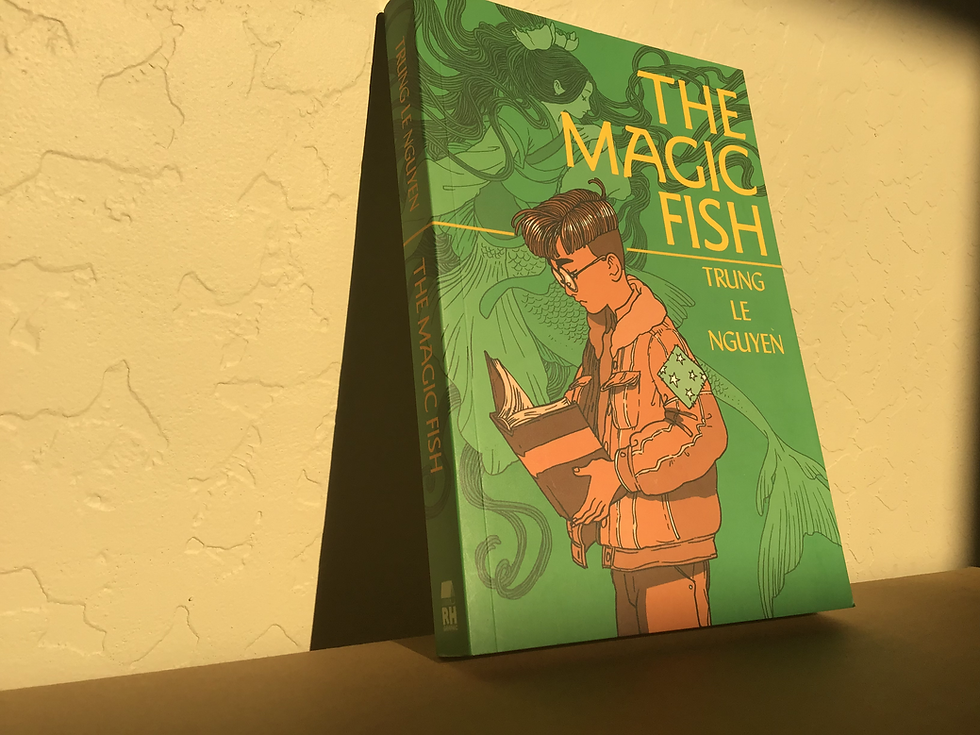
Asela: That sounds like an incredible memoir. Speaking of graphic: the first book I chose to showcase is a graphic novel called “The Magic Fish” by Trung Le Nguyen. This graphic novel is a beautiful blend of fantasy with real life as the story follows Tién, the son of Vietnamese refugees, and their difficulties communicating with each other. Tién also learns more about himself as he navigates life through fairy tales that he would bring from school and share them with his mother. Nguyen engages us emotionally in Tién’s story as he learns about his identity and sexuality while growing up in America. Also the art is phenomenal!
Zach: During the end of June, I flew to Florida to visit my brother and I read “A Pho Love Story” by Loan Le and it made all those hours in the air and on layover just a little more bearable. It’s filled with classic Rom-Com tropes like forbidden love and rival family businesses that seamlessly blend with cultural education of the Vietnamese community in the United States. I especially appreciate how the refugee narrative takes a back seat, giving the emerging American-born narrative the spotlight. In that sense, I think the book itself represents a realized American dream.
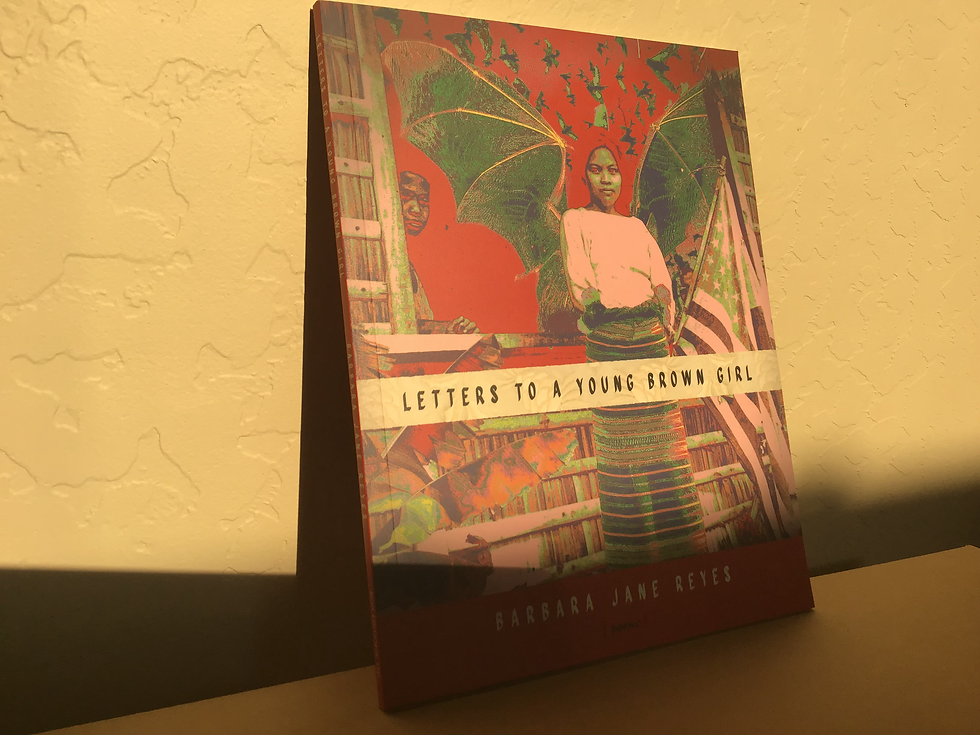
Asela: For me, when it comes to books, poetry always comes to my mind especially when poetry is not only vulnerable but also not afraid to speak one’s truth. One of the collection of poems I would like to recommend is titled “Letters to a Young Brown Girl” by Barabra Jane Reyes. Reyes’ poems empower Filipinx girls such as “Brown Girl Looks in the Mirror,” “Brown Girl Hustle,” and the last half, named after her titular book, with poems all titled “Dear Brown Girls.” One of the pieces that stood out to me was “Brown Girl Consumed.” The poem covers how, while it is great to introduce audiences to different cultures including Filipino culture through cuisines, it is problematic to label them as “strange” or “exotic” through a white lens. It becomes a trend as soon as a white person introduces them—this line in particular sums it up: Well, fuck all that, because now you’re cool. Reyes captures and celebrates Brown girls while reminding them and the readers that they are never alone.
Zach: If you haven’t read Randy Ribay’s “Patron Saints of Nothing” that needs to change A.S.A.P. It’s a young adult novel about a Filipino teenager named Jay who goes to the Philippines after his cousin was killed by the regime of Rodrigo Dutuerte. Even though Jay was born in the Philippines, the book explores the complex relationship between identifying as Pinoy and as American and what that means at a young age.
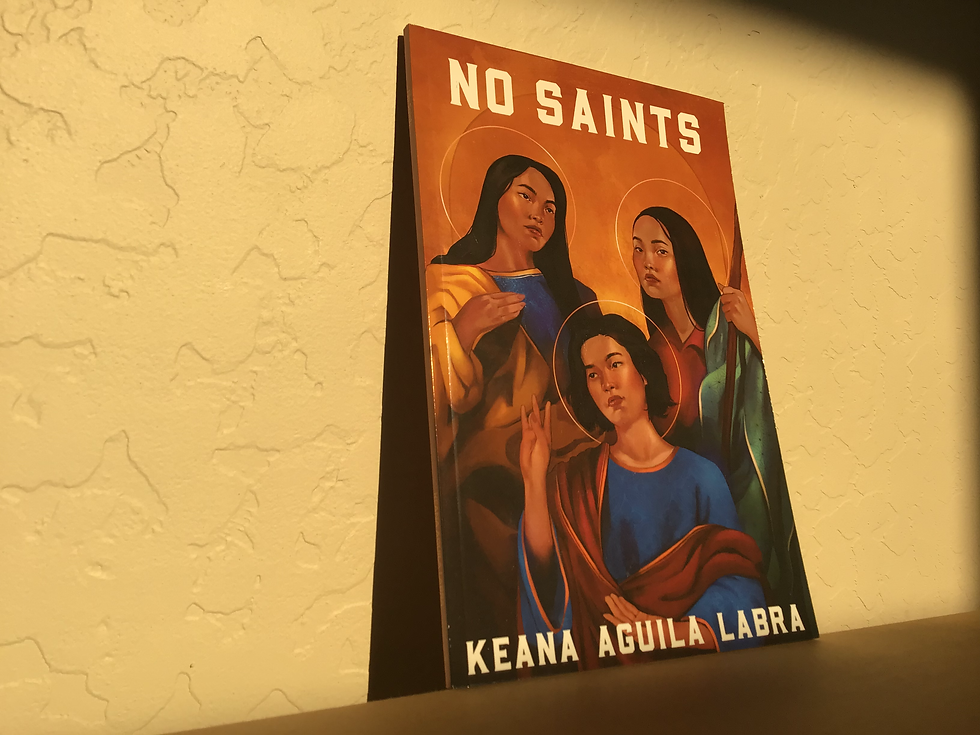
Asela: Lastly, I want to share this chapbook called “No Saints” by my good friend and one of the original co-editors of Chopsticks Alley Pinoy, Keana Aguila Labra. Labra’s poems tie in emotional connections to their family and personal life while incorporating English, Tagalog, and Cebuana. Pieces such as “Begonias in Bloom,” “Cebuana,” “Mother,” “Roll Call,” and “‘Take your own,’ they said, and I’m trying” bring an interpersonal look of Labra’s upbringing and experience living in American with their family. In “Begonias in Bloom,” a poem about their grandmother or lola. One stanza that stood out to me reflects “No Saints” as a whole, which was dedicated:
without my lola, I do not have a father.
without my lola, I would not be here.
Her hands, a safe haven, her hands,
like vines, take me back to
a home I’ve never known, sculpted in her vision
this is her gift to us.
“No Saints'' is unavailable on print but you can purchase a PDF copy from Keana themselves! You can learn more about Keana by checking out my interview with them to learn more about their journey and how they made “No Saints.” Also, please support their micro-chapbook “Natalie” and their work as editor-in-chief at an online literary magazine “Marías At Sampaguitas.”
Zach: Asela, what does our selection say about the future of AAPI literature? What do you note about our selections?
Asela: Based on the books we’ve selected to share, the future of AAPI Literature looks brighter than ever. I hope there will be more to come, especially from Vietnamese & Pin@y American writers. What about you, Zach? What are your final thoughts about the books we talked about the future of AAPI literature?
Zach: Especially from Southeast Asian writers and creatives, we see the emergence of a new iteration of Asian American identity that is becoming more detached from arrival and refugee narratives. The roots of these diasporas are still important for context, but from these selections we see a uniquely Asian American form emerging. So to close, how about we both fire off three more titles that readers should checkout as well? Wanna go first?
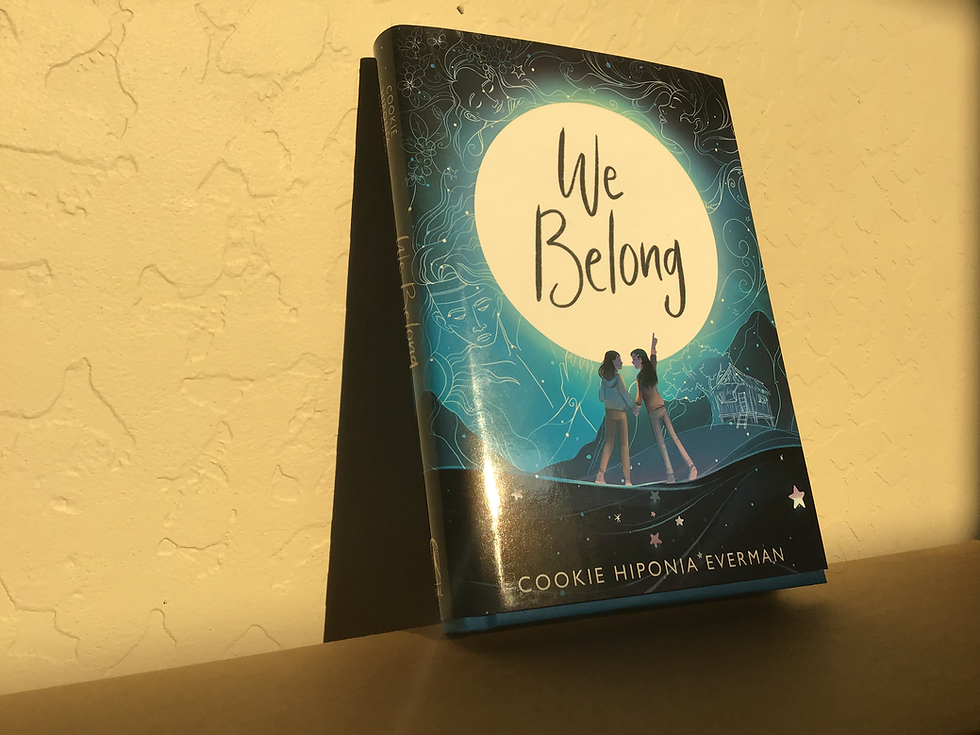
Asela: Sure! The first book I would like to recommend is “We Belong” by Cookie Hiponia Everman
Zach: “Little Manila is in the Heart” by Dawn Bohulano Mabalon
Asela: “On Earth We’re Briefly Gorgeous” by Ocean Vuong (readers can also check out our coverage on Vuong by one of Chopsticks Alley’s interns, Harleen Kaur, here!)
Zach: “We Should Never Meet” by Aimee Phan
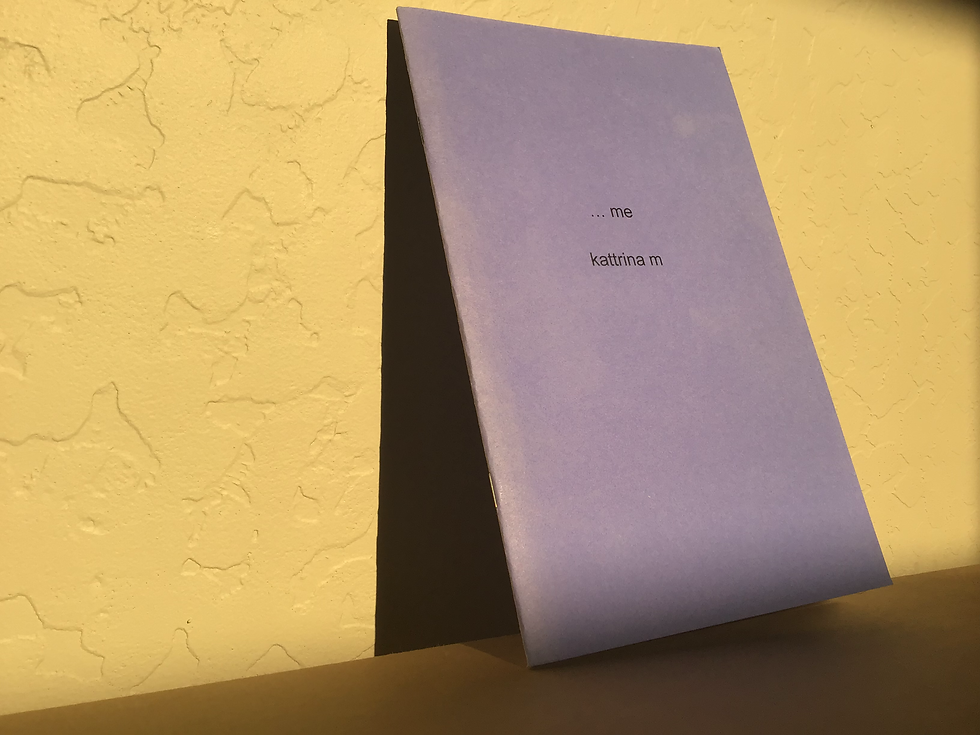
Asela: “…me” by kattrina m (readers can also check out our interview with kattrina on the creation of her chapbook and her journey to being a writer, conducted by yours truly, here!)
Zach: “The Best We Could Do” by Thui Bui
Asela: With all these titles by incredible writers, we want our readers to continue to support all (especially local!) AAPI writers, so we can continue to uplift AAPI literature.
If you like stories like this, subscribe to Chopsticks Alley.

Zachary FR Anderson
Chopsticks Alley Pinoy Co-Editor
Zachary FR Anderson is SoCal born and NorCal raised. He is an Occidentalist, writer, and lover of books. He resides in Sacramento.

Asela L. Kemper
Co-Editor Chopsticks Alley Pinoy
Asela holds a BFA in Creative Writing with a minor in Emerging Media & Digital Arts from Southern Oregon University. She uses her passion for creative writing to open conversations on diversity and identity in literature and resides in Oregon, USA with her family.




Enjoy the pleasure of privacy and discretion using our service of Delhi Call Girls, which exceeds expectations.
The comprehensive guide to navigating Kingbit Casino's bonuses, https://www.treehousehotel.net/ free spins, and jackpot opportunities demonstrates sophisticated understanding of how modern online casinos structure their promotional ecosystems. This detailed breakdown transforms complex bonus mechanics into accessible strategies that everyday players can implement effectively. The systematic approach to understanding different promotional categories shows genuine expertise in casino platform analysis. What's particularly valuable is how jackpot strategies are integrated with bonus optimization, creating holistic approaches to platform engagement rather than isolated tactical advice. This navigation framework could significantly improve how players approach comprehensive casino platforms, turning overwhelming options into structured opportunities for enhanced gaming experiences.
Sensasi Main Tanpa Beban! Situs Jaminan Anti Rungkat Terbaik! agen deposit 5000
Thank you for sharing such valuable insights! If anyone missed a puzzle, the yesterday connections answers page is perfect for catching up on previous solutions.
bos slot, slot88, slot dana, slot qris, slot gacor, bos slot, toto slot, slot gacor, online gaming, toto slot, slot gacor, bos slot, slot88, slot gacor, slot88, slot thailand, slot gacor, slot thailand, bos slot, scatter hitam, slot thailand, slot88, slot qris, slot88.